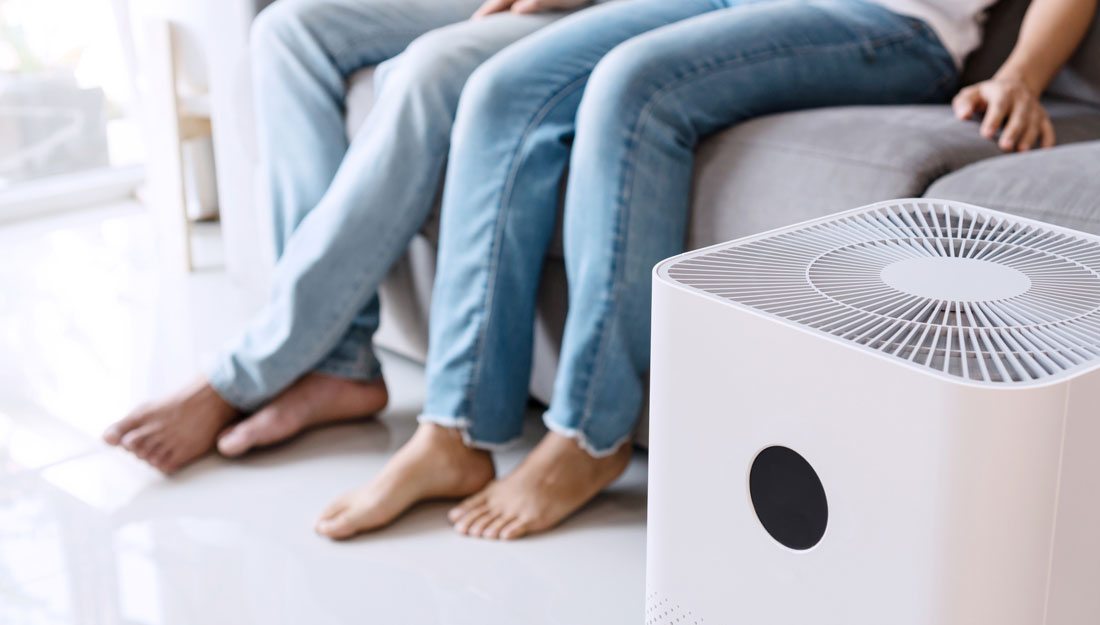Tips to kick athlete’s foot

A shower after a tough workout at the gym may have you feeling clean and refreshed, but the locker room and showers are also a perfect environment for tinea pedis (athlete’s foot).
Athlete’s foot causes itching and burning between the toes and fragile toenails and is common in people whose feet have become sweaty while confined to tightfitting shoes. Be sure to follow these rules to keep away the pesky problem.
Don’t go barefoot
Direct contact with contaminated surfaces is a surefire way to contract the infection, and fungus thrives in warm, wet environments—such as showers, locker room floors and around swimming pools.
Wearing shower sandals in locker rooms and other public areas can prevent your feet from coming into contact with potentially affected surfaces.

Keep your feet dry
Showering after a workout or swim is recommended to keep potential health problems away, and drying off completely is the best way to reduce the risk of athlete’s foot. People may tend to neglect their feet in the shower in a haste to head home, but inadvertently ignoring the body’s base (the feet) can lead to fungal infections.
Be sure to apply soap to your feet and between your toes and completely dry them after showering, before you put on socks or sandals.

Change your socks
Even if you aren’t constantly standing or walking, your feet will produce moisture throughout the day, and that moisture can create a fungal-friendly environment.
Wear socks made from natural fibers, such as cotton or wool, that can absorb moisture, and change into a dry and clean pair of socks during the day to reduce the risk of athlete’s foot.

Don’t share socks, shoes or towels
Athlete’s foot is very contagious, and keeping your feet clean and dry isn’t always enough to keep the fungus away. Never share towels or shoes with someone who has athlete’s foot.
Always change into a dry and clean pair of socks and use a fresh towel after showering to prevent any condition from spreading to other parts of your body. The same fungus that is responsible for athlete’s foot is responsible for jock itch, so be sure to keep the fungus from reaching your groin or underarms, too.

Talk to your health care provider
If you have real concerns about athlete’s foot, ask your primary health care provider. He or she may recommend a talcum or antifungal powder to kill any traces of the fungus or to absorb excess moisture to prevent the fungi from having a hospitable environment.
If you do have athlete’s foot, finish the full course of any antifungal medication, even after symptoms have passed. Wash your clothes and sheets in hot water—and with bleach—to increase the odds of killing the fungi.
Media contact: media@tamu.edu


